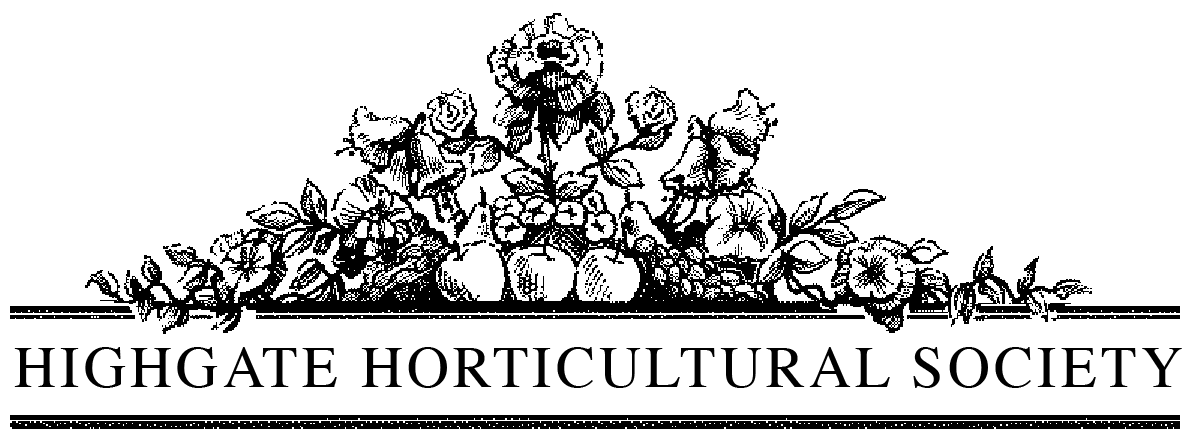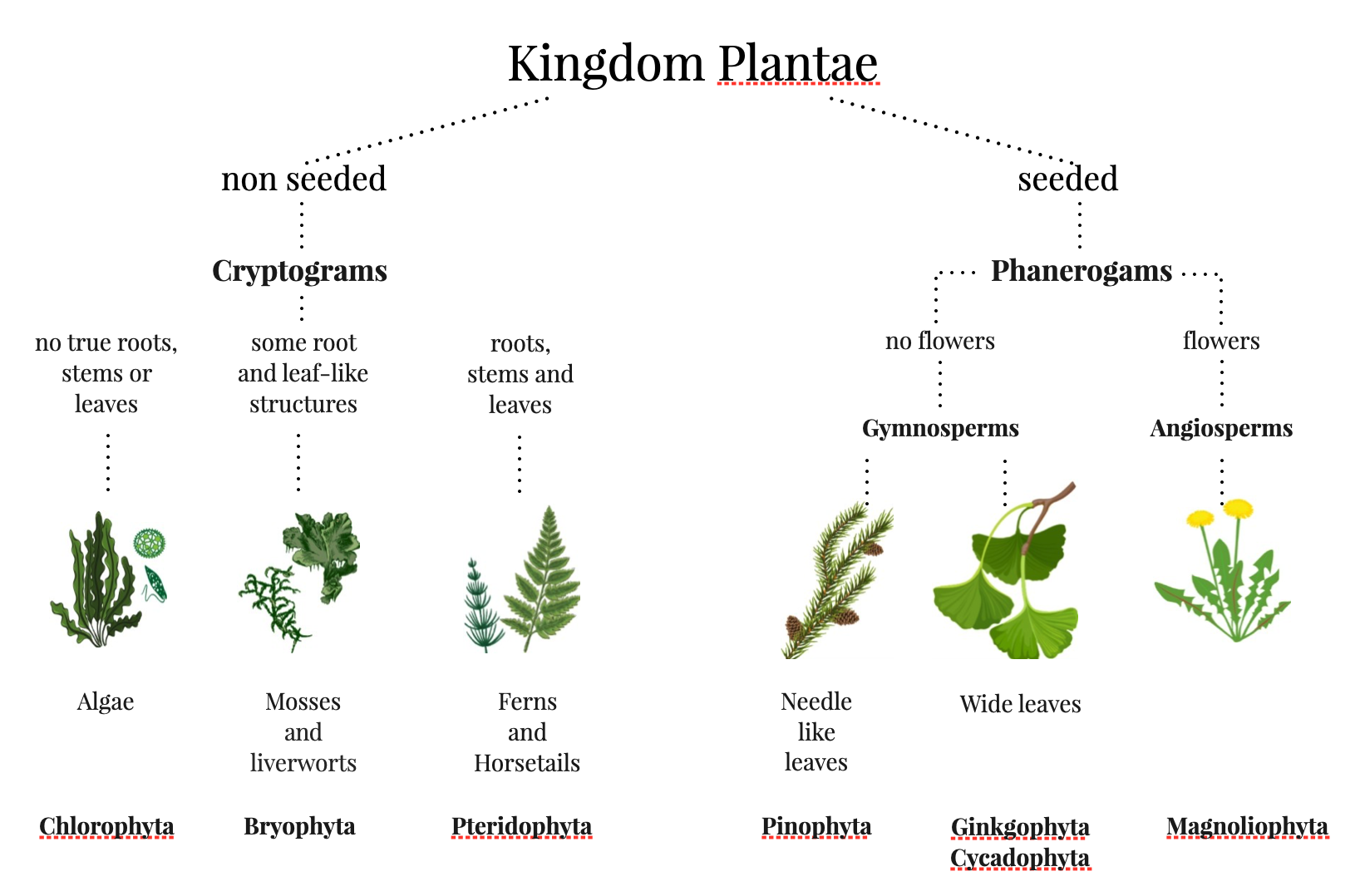


On 15 December, 1859 a circular was issued convening a meeting for the purpose of establishing a Society, to be called the Highgate Horticultural and Floricultural Society. Its first president was the Reverend Dalton, Vicar of St Michael’s Church and the first exhibition was held on 27 June, 1860; there were 71 entries and prizes amounting to £23/7/0d were awarded. The Society grew rapidly and the show became an annual eventTo a large extent, its history reflects that of Highgate itself Highgate was a horticultural trailblazer: our society is one of the oldest local societies in the country, following in the footsteps of the Royal Horticultural Society (founded in 1804), whose President, Prince Albert, had expressed the view that horticulture should have equal status with painting and sculpture.In the mid 19th century Highgate was essentially a rural community with several large estates served by professional gardeners, clusters of cottages and a thriving group of high-street traders.The Society’s stated aim was the encouragement of horticulture among the working classes and it later adopted an educational mission, encouraging gardening activities among children including pupils of St Michael’s School which boasted four acres of model farm in 1852. Its patrons were the owners of the large estates in whose grounds annual shows were held. Foremost among them was Angela Burdett-Coutts, who hosted no fewer than ten shows in the grounds of her Holly Lodge Estate. Prizes were awarded for exhibits in different categories. Cottagers showed their best fruit and vegetables, while the professionals often exhibited exotics raised in the glasshouses and conservatories popular in large Victorian houses.
The early shows were a highlight of the social calendar: a holiday atmosphere prevailed with two or three bands playing, sporting events, dancing and refreshments. The largest recorded attendance was a remarkable 20,000 in 1883.The First World War interrupted the continuity of the shows and not long afterwards most of the estates had vanished and with them the professional gardeners while cottagers were replaced by allotment holders. The last show to be held on an estate was in 1921, at Caen Wood Towers (later Athlone House). During the Second World War, shows continued uninterrupted and gardening took on a greater urgency as those ‘Digging for Victory’ helped boost the nation’s food supplies.
The Society held its Centenary Show on 30 June, 1960 with more than 2,000 people visiting the show which was held in a marquee in the grounds of Highgate School which continued until 1985 when it moved to a village location. In 1965 the society played host to Gardener’s Question Time presented by Franklin Engelmann.
A highlight of the 1970s was a visit by the Queen Mother in 1972 to three members’ gardens.In 1966 a Spring Show was held and in 1987 an Autumn Show was added bringing the total to three shows a year all now held in the United Reformed Church in Pond Square.In 2009 the Society celebrated its 150th Anniversary with the slogan “150 years Still Growing Strong!” It was commemorated with a party for members and the unveiling of the renovated garden at the Pond Square Chapel which was a joint venture with the Highgate United Reformed Church who also celebrated their 150th Anniversary.
During the last two decades the shows have grown in size with more exhibitors and greater numbers of exhibits. The membership continues to grow particularly now that people are again taking greater interest in what they eat.Highgate can be justly proud of its role as a horticultural pioneer. In 150 years history has come full circle. Highgate gardens are flourishing and demand for allotments is at an all-time high. Many schools encourage gardening among the young, demonstrating that the Horticultural Society’s original mission is still alive and well in the 21st century. Environmental concerns are ever more critical with the general decrease in pesticide use, cultivated areas foster wildlife in the midst of increasing urban development and, with the Heath and Waterlow Park, provide much needed oxygen to the community. Perhaps Highgate residents can still claim, as John Lloyd did in his 1888 History of Highgate, that ‘Living on a hill famed for its bracing air, its inhabitants seem to be endowed with a kind of Highland vigour both bodily and mentally, which is sought for in vain in the vapid plains below’.Extracts from All Highgate is a Garden,
A History of the Highgate Horticultural Society, 1859 to 1989, by Elisabeth Cunnington and Frances Rust, published for the Highgate Horticultural Society by Hornsey Historical Society (1989).
Sissinghurst
Discover the amazing Sissinghurst Castle Garden created by Vita Sackville-West and Harold Nicolson who transformed the ruins of this Elizabethan mansion and gardens in the 1930s. The castle tower dating from the 16th century is virtually all that remains of the grand Manor House. People come from all over the world to see the Garden which is administered by the National Trust. The garden is divided into a series of rooms filled with informal arrangements of plants around a theme: the White Garden, the Purple Border, the Rose Garden, the Herb Garden, the Lime Walk, and the Cottage Garden. The White Garden with rosa mullingani has cascades of white flowers and is surrounded by other white and grey plants.
Botanical naming
The use of Latin nomenclature for plants is internationally accepted.
Botanical names are made up of two or more words derived from Latin (or sometimes Greek).
The first word, always written with an initial capital letter, gives the plant genus, for example, Campanula. This is followed by the specific name, for example, latifolia.
Next comes the varietal name, which may be in Latin (as alba, when referring to a naturally occurring variety); or in the vernacular (as 'Brantwood', when occurring as a cultivated variety
or cultivar).
When ordering plants it is important to state the full plant name, such as Campanula latifolia alba
or Campanula latifolia 'Brantwood'.
The specific name, which always follows the gender of the genus (-us is masculine, -um neuter and -a feminine), often expresses some characteristic of the plant, its place of origin or the name of its discoverer.
Botanical taxonomy

©2022 Let's Talk Science